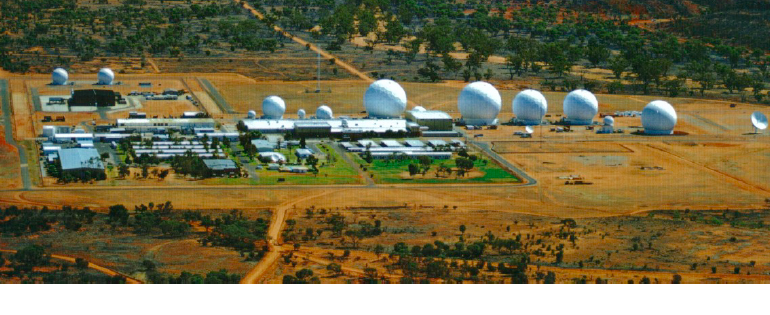
[Inside the Five Eyes series: Part 1 | Part 2 is below]
The power of the Five Eyes is enhanced by the free flow of information between the partners. But intelligence sharing is a tricky business, especially on a mass scale. The U.S. National Security Agency has an estimated $10 billion annual budget, making it the biggest cornea in the Five Eyes. Over the years NSA has had to balance the costs and benefits of full (or fuller) disclosure to partner agencies.
As one 2003 memo noted, “NSA collects much data that is not shared with partners due to security classifications. This inhibited the amount of reporting Partners were able to generate on their targets of interest.” In short, the managers of the Five Eyes discovered that not sharing information limited the reach of the enterprise.
After the terror attacks of 9/11, better intelligence sharing became an imperative. NSA engineers developed a program for the Five Eyes called TICKETWINDOW, which shared “sensitive-source collection with Partners….data that had not be shared with Partners under normal circumstances.” As result, Five Eyes managers reported that each partner agency increased in their monthly production of intelligence in 2003. In other words, allied collaboration drove the growth of the Five Eyes.
By the 60th anniversary of the original British-American SIGINT alliance in 2005, the Five Eyes had become an effective and unnoticed supranational enterprise. A July 2006 memo boasted that the partnership extended “to every corner of the globe” and “provided better intelligence to U.K. and U.S. policymakers and military commanders than we would have individually.”
The Five Eyes took credit for keeping “a close watch” on the Soviet Union and Warsaw Pact allies during the Cold War. They boasted of monitoring nuclear proliferation from China to Iran to Libya. The Five Eyes played a “critical role” in the success of the Desert Shield/Desert Storm operations that routed Saddam Hussein’s army from Kuwait in 1991. The SIGINT alliance supported the U.S. invasion of Iraq in 2003 and subsequent occupation. Starting in 2006, the Five Eyes provided SIGINT support to the peacekeeping forces in Afghanistan. occupation.
The 14 Eyes
The Five Eyes is the beneficiary of what might be called the SIGINT network effect. The value of its surveillance system increases with the number of other parties using it. Over the years the Five Eyes has expanded its reach with more partnerships in Asia and Europe.
In the 1980s, the NSA created a network called SIGINT Seniors that expanded the reach of the Five Eyes in Europe, according to the Snowden documents. The grouping consisted of the Five Eyes and the intelligence agencies of Belgium, Denmark, France, Germany, Italy, the Netherlands, Norway, Spain and Sweden. The expanded alliance –sometimes referred to as the “14 Eyes” – collaborated to monitor communications during major European events, such as the Athens Olympics in 2004, the 2006 Winter Olympics in Italy, and the 2006 soccer World Cup in hosted by Germany.
NSA forged another SIGINT Seniors alliance in 2005, according to the Intercept. The Five Eyes joined the spy agencies of South Korea, Singapore, and Thailand in a “collaborative effort to fight terrorism in the Asia-Pacific region.” By 2013, France and India had joined the Pacific group.
Read Part 3: “Like a Moon Base”
Pine Gap, the Netflix Series



